Do you need to have a tooth extracted in Barcelona?
A tooth extraction or pulling is a procedure that consists of removing a tooth from its socket. Often feared, it is usually less painful than it seems thanks to the advanced techniques used and the recommendations of your dentist.
Even though today teeth are no longer routinely extracted, dental extraction is sometimes necessary to preserve the dental health of the patient.
At Turó Park Clinics in Barcelona, your dentist is there to explain the operation in detail, which is no longer a source of pain.
Why get a tooth extraction?
Now used as a last resort, the dentist may recommend this procedure for several reasons.
- Deep tooth decay has destroyed the tooth structure and affected the nerve.
- An infection has destroyed the tooth or the bone that holds it together.
- Overcrowding sometimes forces the dentist to make room to realign the other teeth, especially in the case of orthodontic treatment.
- Incorrect placement of teeth. Wisdom teeth, for example, can grow in crookedly and must be removed in this case.
Fast track your treatment
To book an appointment or speak with one of our friendly team, please get in touch using the options below
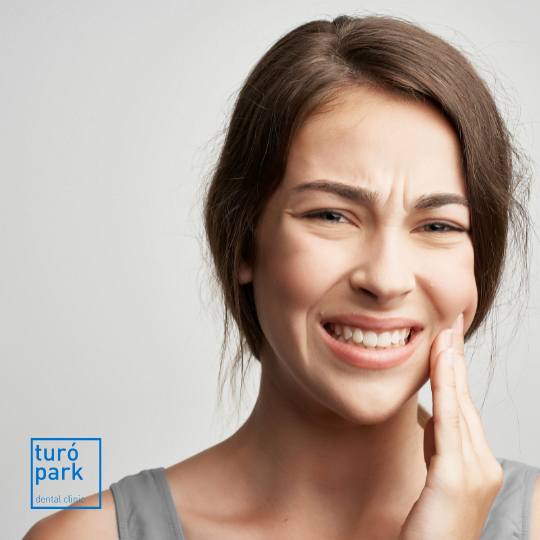
What happens during a tooth extraction?
Dental extraction has long been feared, but today it is no longer painful thanks to modern anaesthetics and painkillers. Tooth extraction is mostly performed under local anaesthesia, although a general anaesthetic is sometimes recommended.
Firstly, the dentist will perform a thorough examination of the patient's oral health and a pre-anaesthetic check. At this stage, your dental and medical history is also taken into account.
At Turó Park Clinics in Barcelona, the dental surgeons use the most advanced equipment (Cone Beam, etc.) to carry out a detailed assessment of the patient's mouth and teeth in order to choose the most suitable treatment.
The procedure is carried out in different ways depending on the type of tooth extraction.
After cleaning and disinfecting the patient's mouth to minimise the risk of infection during the procedure, the dentist administers a local anaesthetic to numb the nerve of the tooth so that the extraction is not painful.
Using a sharp instrument (the syndesmotome), the dentist gradually removes the epithelial (gum) and conjunctival (gum fibre) attachments of the tooth. A lift between the bone and the tooth is then placed to move it. The practitioner can then proceed with the gentle removal of the tooth, using forceps.
A gauze pad is then placed on the former location of the tooth. The patient will have to press on it with his or her teeth. This is an important step that will help the blood to clot and form properly, which is necessary for healing. The compression should be kept under light pressure for 30 minutes.
Don't be afraid of dental extractions!
The dentists at Turó Park Clinics have all the experience and equipment necessary for a painless treatment.
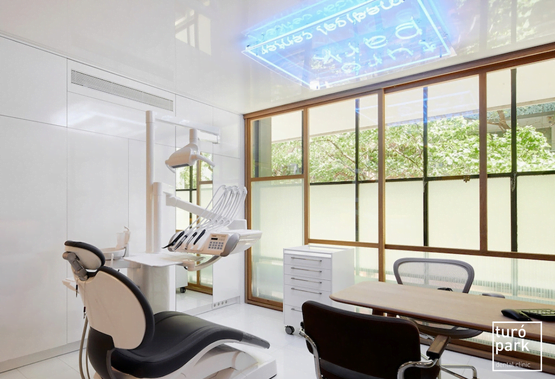
Recommendations after a tooth extraction
Sometimes pain can occur, but it is not systematic. But don't panic! Your dentist will prescribe painkillers to calm the swelling. The application of an ice pack for 15 minutes can also provide effective relief. In most cases, the discomfort subsides within three to fifteen days.
To avoid possible postoperative complications, the dentist gives you the following advice:
- Do not rinse your mouth during the 12 hours following the operation to avoid destroying the clot necessary for healing.
- Do not eat or drink anything too hot.
- Prefer soft or liquid foods at first and avoid eating acidic foods such as lemon and vinegar.
- Do not smoke or spit.
- Sleep with your head elevated.
- Do not engage in strenuous activity for 24 hours after the extraction.
- Maintain good dental hygiene to prevent the risk of infection.
- Try to get plenty of rest.
- In case of persistent pain or fever, do not hesitate to call us and make an appointment with your dentist.
After a tooth extraction: what are the next steps?
Healing
Healing takes place in several stages. First of all, a blood clot occurs 24 to 48 hours after the extraction and it is very important not to touch it in order not to cause an infection or delay the healing.
Then, an epithelial layer is formed which closes the hole caused by the tooth extraction. It lasts for about ten days and should not be touched.
Finally, a bone deposit is formed which, once completed, marks the healing of the gum.
The prosthesis
For reasons of comfort and aesthetics, but also to avoid oral and health problems (difficulties in chewing food or articulating words, etc.), it is advisable to fill the empty space left by the extraction of a tooth. For this reason, your dentist at Turó Park Clinics in Barcelona will offer you a dental prosthesis. Different types of prostheses (implant, bridge, etc.) are possible and will be explained to you in detail.
Our English-speaking dentists








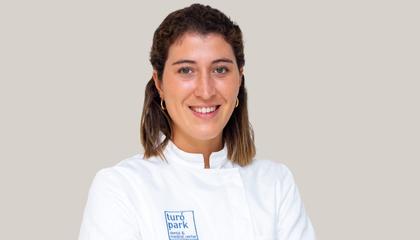
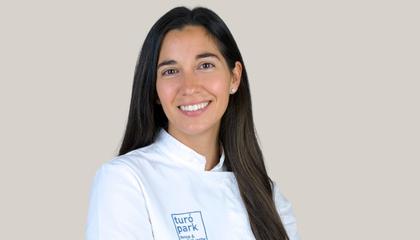






They talk about us
Our answers to the most frequently asked questions about dental extractions
What to eat after a tooth extraction?
When to drink after a tooth extraction?
How long does it take for the gums to heal after a tooth extraction?
Dental societies and organisations

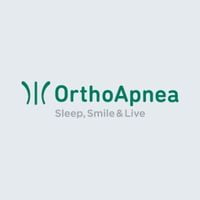

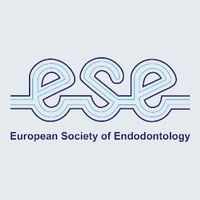
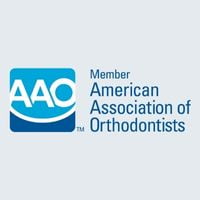
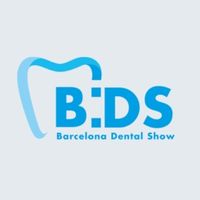

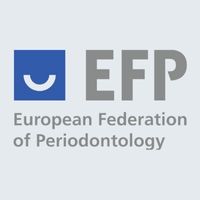
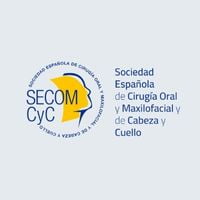

Have a look to the financing options
Don't worry, we take care of everything!